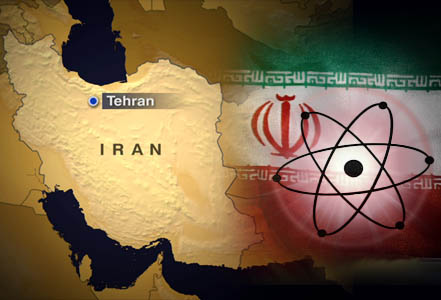Baku, Azerbaijan, Apr. 10
By Dalga Khatinoglu - Trend:
The fact sheet, released by the U.S. about the nuclear framework deal has huge gaps regarding the sanctions issue between Iranian officials' point of view and those of the United States.
The most sensitive issue is the date of elimination of sanctions, or what the U.S. calls suspension of sanctions gradually based on Iran's steps towards realization of its commitments.
A U.S. diplomat told Trend on April 10 anonymously that the exact date of suspending the nuclear-related sanctions over Iran hasn't been set yet, while there are a range of sanctions imposed on Iran in various fields, and they're mostly not related to Iran's nuclear program.
However, Iran's President Hassan Rouhani said Apr.9 that the sanctions should be removed simultaneously with achieving a comprehensive nuclear deal.
Of the 35 sanctions imposed on Iran, the U.S. accounts for 25, while the UN and EU for five each.
The motivation for the U.S. sanctions imposed on Iran during a period from 1979 to 2012, includes a vast range of topics; including abusing human rights inside the country and Syria, supporting and sponsoring terrorism, money laundering and its nuclear program.
For instance, before the 2002 - when for first time Iran's uranium enrichment plant, Natanz, was revealed - the U.S. had imposed 10 sanctions, of which only one case was related to weapons of mass destruction and non-proliferation. Concerning post-2002 sanctions, again the vast range of restrictions imposed by Washington are related to non-nuclear issues.
The fact sheet released by U.S. indicates that the non-nuclear sanctions will remain unchanged.
The full text of the fact sheet can be viewed here: http://www.state.gov/r/pa/prs/ps/2015/04/240170.htm
According to this fact sheet, "Iran will receive sanctions relief, if it verifiably abides by its commitments. U.S. and E.U. nuclear-related sanctions will be suspended after the IAEA has verified that Iran has taken all of its key nuclear-related steps. If at any time Iran fails to fulfill its commitments, these sanctions will snap back into place. The architecture of U.S. nuclear-related sanctions on Iran will be retained for much of the duration of the deal and allow for snap-back of sanctions in the event of significant".
Ignoring the sides' attempt to get the best compromise, it seems Iran's priority is the elimination of sanctions restricting its financial sectors which include: shipping, insurance, selling oil and gas, banning investment in the energy sector, black-listing of banks, etc.
According to a report prepared by Iranian former Minister of Road and Urban Development Ahmad Khorram for the Expediency Discernment Council, Iran has lost about $460 billion from sanctions between the Q2 of 2012 to late 2014.
This amount of loss during a three-year period surpasses the country's annual GDP, which stood around $370 billion in 2014.
The country's oil export reduced to one million barrels per day, national currency dropped 3.5 times in value against USD, the inflation rate soared to above 36 percent and above $100 billion Iranian reserves were blocked abroad. Additionally, the country faced 1.9 percent and 6.8 percent economy contraction during the years correspond to 2012 and 2013.
Iran's GDP growth reached 1.5 percent during last year, mostly because of easing some sanctions based on an interim nuclear deal achieved in November 2013 and extended so far. As it stands, the comprehensive nuclear deal is expected to last at least one decade and during this time the other sanctions could be removed gradually.






